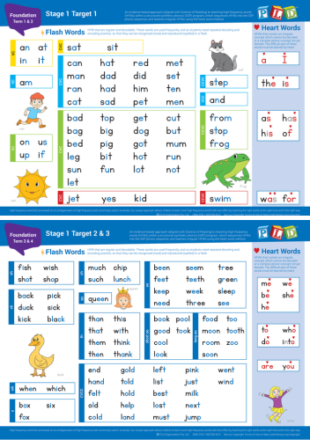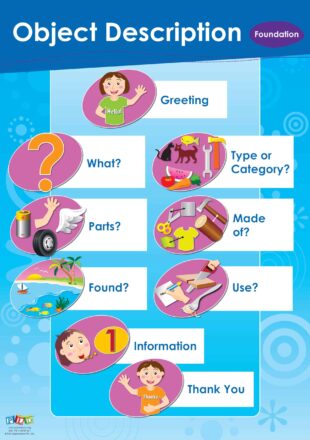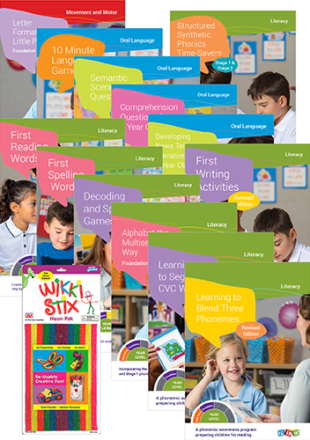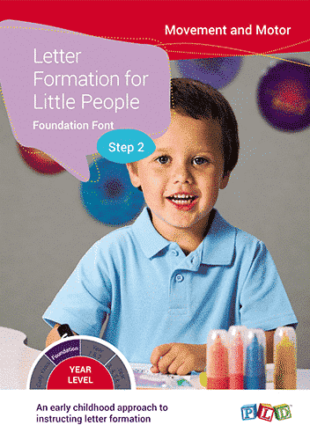Handwriting is fundamental to literacy. Once children have mastered the essential pre-writing patterns, they are ready to start learning correct letter formation. Getting body posture right, whether in a standing or seated position, is essential prior to commencing any drawing or writing activity. This posture should also be monitored throughout the activity to ensure a child has sufficient core strength to maintain their position for the length of the task. With a stable body young children are more likely to progress to using an efficient pencil grasp, which will allow their hand to produce the movements necessary for good letter formation and handwriting. The most recent research shows that using a ‘cognitive’ approach (saying cue words out loud) incorporated with writing the actual letter, is the most effective way to learn and retain correct letter formation.
In Letter Formation for Little People – Step 2, each letter shape, with corresponding verbal cue words, is presented and learned in the same PLD groupings as the letter sounds. This will reinforce the acquisition of both of these vital skills simultaneously.
This early childhood approach, with both standing and seated activities, presents activities in four sequential levels for each letter. This developmental approach allows for differentiation between children in the classroom, with the scope to cater for a wide range of abilities. It is important that the core skills required for correct letter formation are a strong focus in the early years of schooling, to avoid the development of ‘bad habits’, such as an inefficient pencil grip, letter reversals, or incorrect direction of letters, which may affect academic progress in future years.
Letter formation and subsequently, fluent handwriting, must become an automatic skill so that the child can process their ideas as they write, without having to think about the construction of each letter they produce.
Letter Formation for Little People provides a research-based program for introducing children to the early stages of handwriting, providing them with the fundamental skills they need to achieve literacy goals. Developed by an Occupational Therapist, this easy-to-use resource contains an early childhood approach to developing positive letter formation skills.
Designed by an Occupational Therapist.
Provides clear guidelines on getting ready for writing, correct pencil grip and posture.
Provides multiple opportunities to rehearse letter recognition and formation skills.
Provides verbal cues for each lower case letter. Also includes upper case and number formation prompts and verbal cues.
Provides new verbal cues to use when introducing line placement of letters.
Foundation Font
Step 2 has been created for use in the Foundation Year – Pre-primary (WA), Prep. (QLD, VIC, TAS), Reception (SA), Transition (SA). Click HERE to view Step 1 for the Early Years – Kindergarten (WA, QLD, SA, TAS) and Preschool (ACT, NT, NSW, VIC). This resource is mentioned in the Foundation Teaching Sequence Manual on page 7, 8, 9, 10 & 14.
The programs within the range include:
Letter Formation for Little People – Step 1 (for the Early Years)
Letter Formation for Little People – Step 2 (for Foundation)
Letter Formation for Little People – Step 3 (Year 1)
Letter Formation for Little People – Cursive Font










